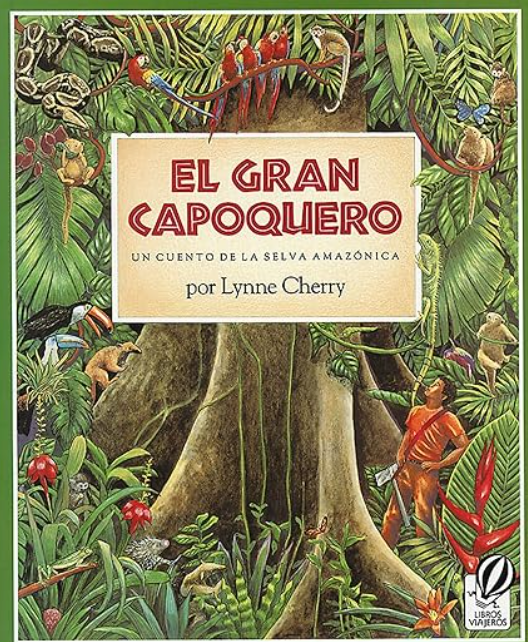by Gabriela Barbieri
“Interdisciplinary Connections” is a column of Language Teaching Lab to show specific examples of connections between world language teaching and other subjects at school
Why it is important to make Interdisciplinary Connections
My motto: “Connecting Spanish with other subjects and working side by side with Homeroom teachers and other specialists is a great way children see the value of language as a means of communication and not as a subject that they have to study for”.
This reflection makes me go back in time to when I started teaching in Lower School. The kids were hungry to express themselves in Spanish and would ask me… “Sra Barbieri..how do you say this and that?” The words and expressions were the ones they were using in their English class when reading books that definitely could be related to Spanish culture.
Definitely, the way the brain makes connections is amazing, and it is more significant in kids’ brains. It is easy for students to discover the connections between languages and I do not need to tell them to relate concepts when presenting a theme they are learning in the English language.
What is important in this matter is that those connections endure for a long time, if not forever, in the students’ brain. When I meet with students the following year, they recall those expressions, words, ideas like they were studying them on that day. I have to admit that everything we do in class is significant for them, and they love to recognize and find meaning in every way they acquire those words, expressions, ideas, and concepts.
For these reasons, I believe that to learn anything new, and for it to last and to be available to use, it needs to be meaningful and connected in the human brain.
How I do it

Once, when third, fourth and fifth graders were reading The Great Kapok Tree by Lynne Cherry in English class, I found that this book was also written in Spanish, its name is El Gran Capoquero (translated by Alma Flor Ada), so I decided to create a unit with the message of this book for each grade. I ran my interest in reading this book in Spanish by the Homeroom teachers while they were reading it in their English classes. The first step was to read the story aloud in Spanish and show the beautiful pictures of the Amazon rainforest. The exciting part for the kids was to see that the book they were reading in English had the same pictures! Then, students, through the pictures as a medium for understanding, found the meaning of the words in Spanish. Since they had a lot of INSIGHTS while I read, I did not need to translate any words into English.
We talked about the people from the Amazon rainforest, their language and culture in the three grades. The activities in class were different but always connected. Students loved to learn and research about the animals in the rainforest, the people who live there, and the geography.
Students recognized cognates in both languages, enriching their vocabulary base, and helping them to use more specific language when communicating.
Third and fourth grades focused on describing the animals and shared other interesting facts they found. The students loved to describe the appearance and behavior of the animals living in the Amazon rainforest.
Fifth graders described the four layers of the amazon rainforest, labeled and explained the habitat and environment of the animals. Through whole class discussions, small groups, and pair work, they realized that a rainforest is more than just a forest of trees. It provides shelter, food, and oxygen to all kinds of living creatures. They also researched and brainstormed about the reasons for deforestation and the consequences of deforestation. They found ways to help preserve the environment by linking the themes to the 17 UN Sustainable Development Goals.
In connection to the story, students learned about Chico Mendez, an environmental activist who gave his life in order to preserve the rainforest through Mana’s song Cuando los angeles lloran.
Interdisciplinary Connections Value
This experience made students’ learning meaningful, memorable, and long-lasting. Interdisciplinary teaching allows students to learn about a topic through language and use language to learn more about a topic.
Resources:
El Gran Capoquero – As an Amazon Associate LTL earns from qualifying purchases